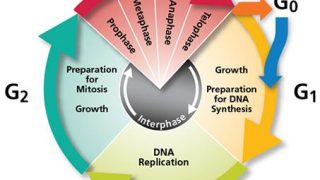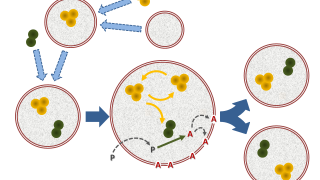
Stuck like a gecko
We all know the story of that Swiss engineer who came up with the hoop-and-loop fastener system (also known under the brand name Velcro ) just by paying attention to the burdock burrs stuck in his clothes and his dog’s fur after a walk in the Alps. When he put these burrs under the microscope […]








